Dangers in the Deep: 10 Scariest Sea Creatures
Dangers in the Deep
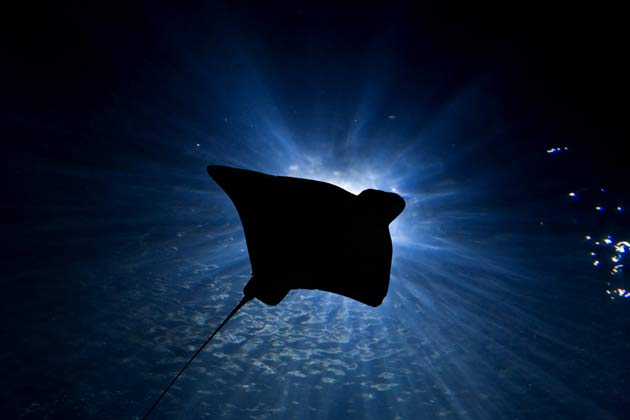
On land during the day, we humans rule. Or at least we're considered top predators, and with our feet on the ground, we're in our element.
In the sea, sans a boat, forget about it. We're too slow, too encumbered with gear, and often too stupid to be much more than prey. What's to worry about down there? Plenty!
Yes, this list is subjective, but it's based on research aimed at finding the creatures of the deep that conjure the most compelling combination of frightening personas, actual aggression and/or real pain or death to humans. More often than not, pain and death from sea creatures is avoidable, especially in the case of two on this list that inflict most of their damage in home aquariums and restaurants.
Before we continue, a nod to venerable contenders that aren't on the list: killer whales (there are few confirmed attacks, accept by those in captivity), octopuses (yes, they've been known to attack), sea cucumbers (who'da thunk?) and piranhas (which actually live only in freshwater, and whose deadly attacks on people are pure myth).
Box Jellyfish

These gelatinous creatures are flat-out deadly.
While no official tallies exist, anecdotal evidence suggest dozens of people and perhaps more than 100 or more die each year from the many species of box jellyfish that exist in all oceans.
Some 20 to 40 people die from stings by box jellyfish annually in the Philippines alone, according to the U.S. National Science Foundation. "But because death certificates are not required in many countries within the range of box jellyfish, worldwide fatalities from box jellyfish may be seriously underestimated," the NSF states.
Get the world’s most fascinating discoveries delivered straight to your inbox.
One Australian box jellyfish can have dozens of tentacles, each up to 15 feet long, with enough toxin to kill 60 people. The sting of a Chironex fleckeri box jellyfish can kill a person in less than three minutes. Species of box jelly fish in Hawaii, Florida and other U.S. locations are known to induce heart failure.
Honorable mention goes to the Portuguese man-of-war, a jellyfish with a sting said to be as painful as a lightning strike — though it's not clear how many people are actually able to make that comparison.
Tiger Shark
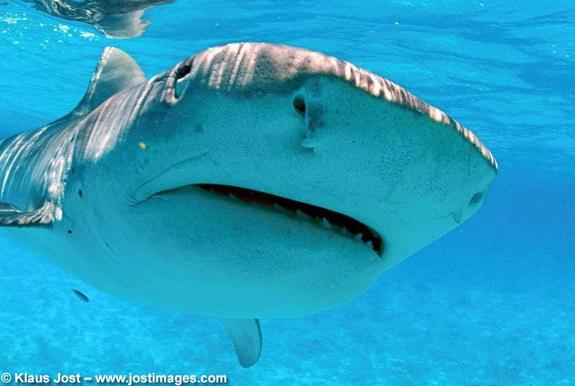
Yeah, yeah, the great white shark gets all the attention. But reality is tiger sharks kill more people. And few things (other than snakes) automatically terrify people more than sharks.
Tiger sharks will eat anything: fish, seals, birds, squid, small sharks, dolphins, license plates and pieces of old tires, according to NOAA. They can grow more than 18 feet long and weigh a ton. Take that, Jaws!
Tiger sharks are found in many tropical and temperate waters, and they are especially common around islands in the central Pacific. For the record: Great whites do attack more people each year, on average.
Oh, and a little detail that explains why sharks aren't No. 1 on this list: The number of people attacked by sharks worldwide each year — a few dozen — is roughly equal to the number killedby lightning just in the United States. Only four people around the world died from shark attacks last year.
Stonefish

This one nearly tops the list for two reasons: It's the most venomous fish in the world, and it's a master of disguise, hiding in plain sight on the seafloor, looking like any other rock.
The stonefish doesn't attack, but you don't want to step on it. Its spines are used as defense against sharks and other predators. The venom can cause temporary paralysis and death if not treated.
Pufferfish
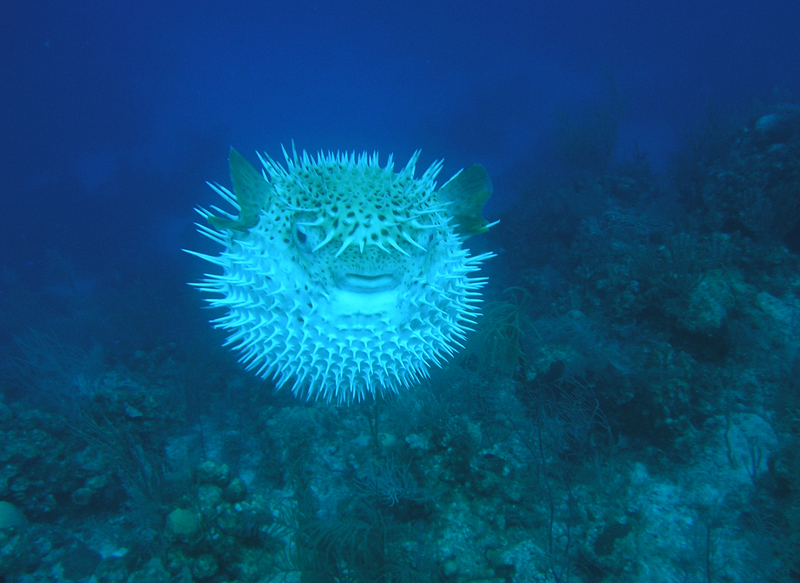
You don't even have to be near water for this creature to kill you. The pufferfish, also known as a blowfish, packs tetrodotoxin — stronger than cyanide. Specially trained Japanese chefs prepare safe parts of the fish as a delicacy, but every now and then a diner dies.
The puffer, named for its ability to suck in water and swell to twice normal size, could end up saving people: a drug made from the puffer's toxin has been tested for treatment of withdrawal symptoms from drugs like heroin.
Sea Snake
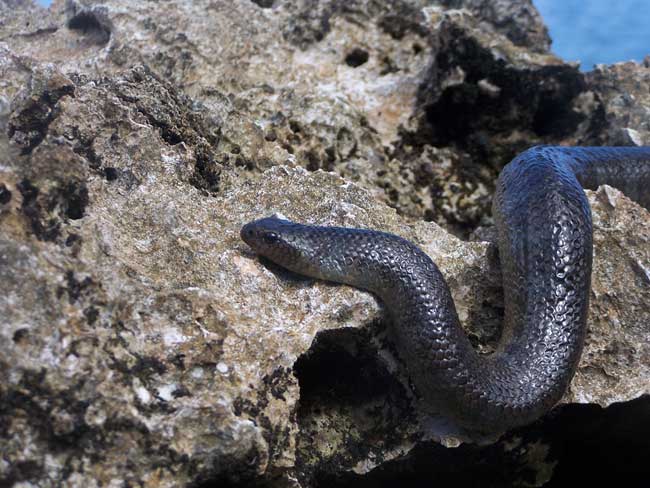
The innate human fear of snakes propels these slithering swimmers to the list. However, the truth is that while sea snakes out-venom their terrestrial counterparts, they're highly reclusive and so not much of a threat.
Lionfish
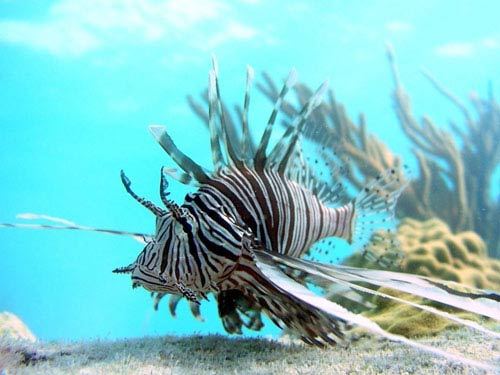
Popular in home aquariums, these docile fish sport a striking fan of venomous spines.
Although not fatal to humans, the spines deliver a painful sting that can cause headaches, vomiting, and respiratory distress, according to NOAA. The worst of the pain typically lasts only for about an hour, but some people report pain and tingling sensations for weeks.
Lionfish are not aggressive. So the fact is home aquarium owners are more likely to be stung by lionfish than divers or fishermen.
Crocodile

Saltwater crocs have earned a reputation as one of the wild kingdom’s most ferocious predators.
They can grow more than 20 feet long and weigh 3,000 pounds, and they have been known to hunt a wide range of prey, including monkeys, kangaroos, buffalo and even sharks.
Relying on purely brute strength, they are capable of dragging down water buffaloes and have occasionally victimized humans. Using an attack method known as the “death roll,” crocodiles kill their prey by latching on with their jaws and then taking down the dinner with a powerful, twisting roll. The technique is also employed to break apart large animals.
Stingray

Just the name practically qualifies these creatures for this list. And the death of "Crocodile Hunter" Steve Irwin by stringray in 2006 certainly solidified the reputation of these shark cousins as dangerous beasts.
The tail of of a stingray is capped with a roughly 8-inch spear made of the same stuff that makes up shark scales, known as dermal denticles. The spear, which stiffens when the stingray feels threatened, is serrated like a steak knife and packs a venom that can be deadly to predators.
"The venom itself is a largely protein-based toxin that causes great pain in mammals and may also alter heart rate and respiration," according to the Mote Marine Laboratory.
Stingrays don't typically attack humans, however.
Sea Lion
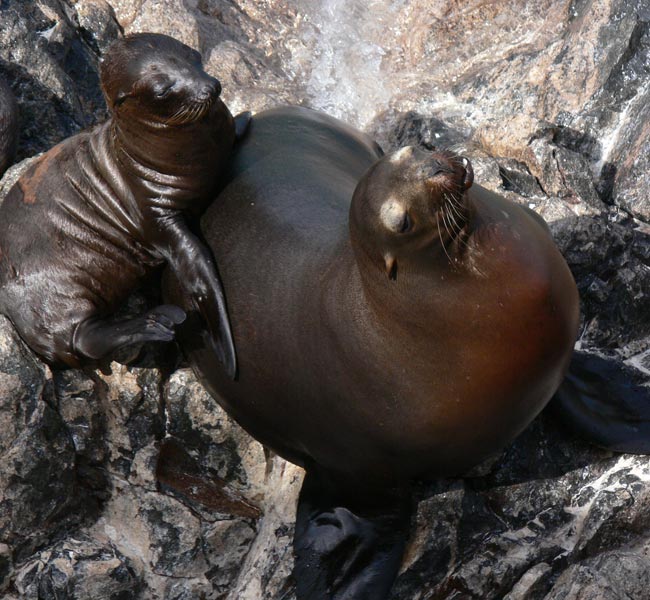
Really? Sea lions? Yes, because they're very territorial.
They’re considered cute, trainable and are major attractions at zoos, but have been known to bite people.
In California, a spate of vicious sea lion attacks reported at Manhattan beach, Newport beach and San Francisco back in 2006 led to growing concern among caretakers and scientists. Some researchers suspect the sea lions may have eaten fish contaminated by toxic algae, which may explain the uncharacteristic behavior.
The city of San Diego warns on its web site “Like all wild animals, seals and sea lions are unpredictable and can become aggressive quickly. They have sharp teeth and may bite, particularly if cornered or harassed.”
Moray Eel

Snakelike body, protruding snout and wide jaws. These primitive creatures just look like death. They're fish, by the way, and they can be up to 8 feet long.
A bite from their razor-sharp teeth and powerful, locking jaws will produce ragged wounds that are prone to infection from the bacteria inside the eels’ mouths, according to NOAA. The good news: If morays bite out of fear or by accident (especially when foraging for food), they will usually release their grip and let you go.
They tend to hide in crevices and holes during the day, then hunt at night. They'll eat any fish or other creature they can catch.
Some expert advice, from NOAA, on how to avoid being bitten by one: Keep your hands out of submerged, rocky holes and crevices. Oh, and avoid this common diver gaffe that leads to many moray eel bites: Don't feed them!


